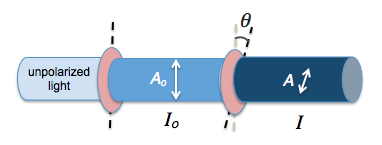The Nucleus
- existence and size demonstrated using the Rutherford
- consists of nucleons (protons and neutrons)
- isotopes of an element share the same number of protons but different number of neutrons.
Nuclear Reactions
- nuclear reactions involve two or more reactants.
- represented using the form:
- for a reaction that releases energy, mass-energy of reactants = mass-energy of products + E,
where - binding energy is the energy released when the nucleus is formed from its separate protons and neutrons. The same amount of energy is required to break up a nucleus into its constituent nucleons.
- binding energy per nucleon (
- nuclear fission is the disintegration of a heavy nucleus into two lighter nuclei of comparable mass with the emission of neutrons and release of energy.
e.g. - nuclear fusion occurs when two light nuclei combine to form a single more massive nucleus, leading to the release of energy.
e.g.
- The following quantities are always conserved:
- proton number & neutron number
- momentum
- mass-energy
Radioactive Decay
- spontaneous and random emission of radiation from a radioactive nucleus.
http://youtu.be/Qlb5Z8QBpcI
where A is the rate of disintegration or activity, N is the number of radioactive nuclei and
where x could represent the activity, number of undecayed particles or received count rate.- half-life (
- From
- You may also use
